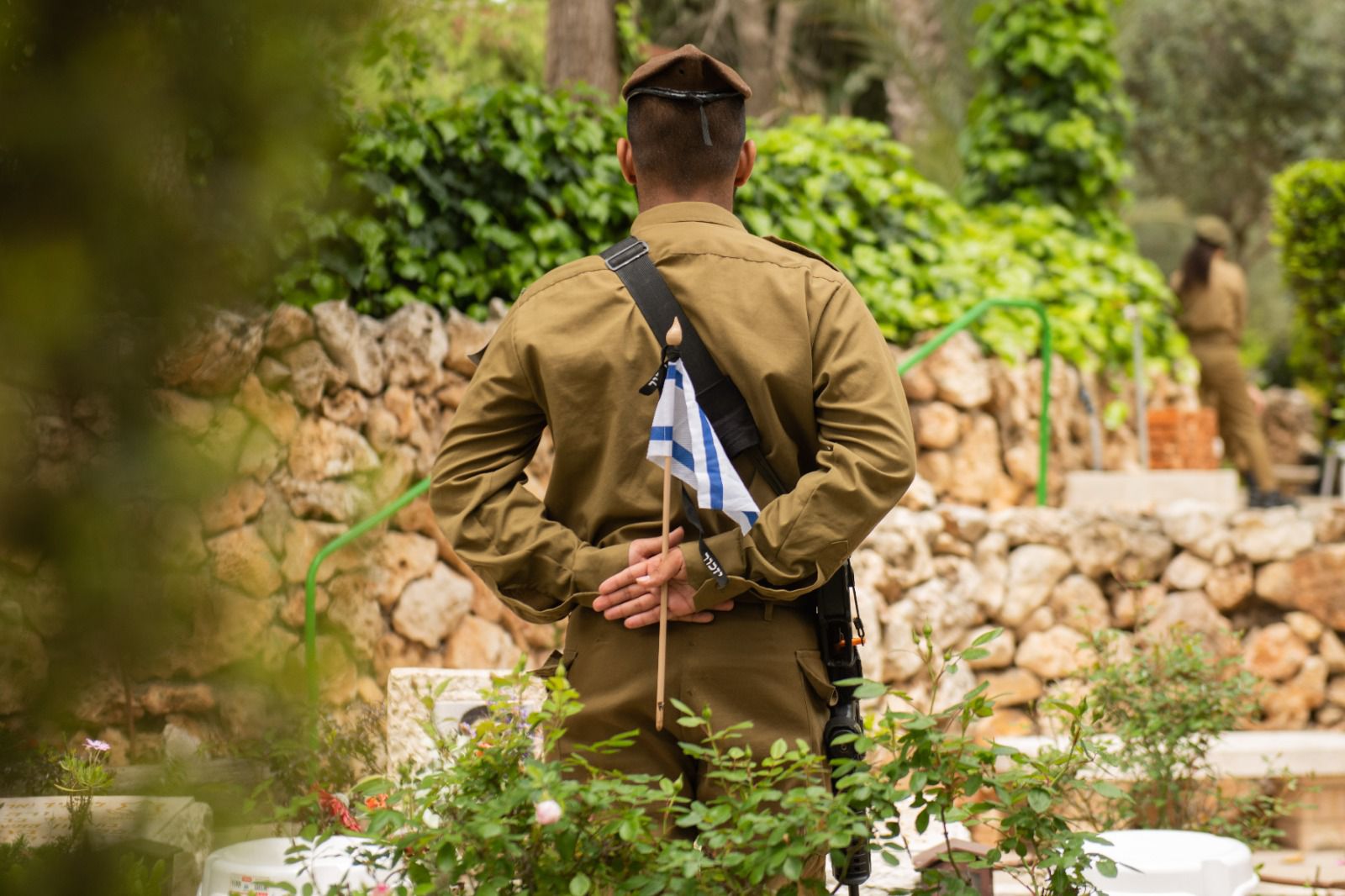Yoma 33A
He must be a very important person to get such an important mitzvah, I heard them say, as Mr. Lowenstein, the local assemblyman, stepped up to recite the Torah blessing before the reading of the Ten Commandments. And Mr. Kleppish was too embarrassed to tell his wife that he only got third gelilah (binding the ribbon around the Torah scroll) on Shabbat Rosh Chodesh Chanukah. Meanwhile, in the local shtiebel (makeshift synagogue), maftir (the last section of the weekly Torah reading) was sold for $500 and petichah (opening the holy ark) was sold for $20. Do we know which mitzvah is more important than another? Should we give priority to an important mitzvah over an “unimportant” mitzvah?
Watching the kohen, the priest, as he performed the rituals of the daily morning sacrifice provides us with an illustrative answer. Which mitzvah was he to perform first? The distinguished task of preparing the Menorah for the evening kindling, or the menial task of sweeping the Altar from yesterday’s ashes?
First he swept off the ashes and then he prepared the Menorah. Because, explains Resh Lakish, the Altar was closer to the door, through which the kohen entered the Sanctuary than the Menorah was, so that the kohen reached the Altar first. “Ein ma’avirin al hamitzvot,” do not offend a mitzvah by postponing it, says Resh Lakish. Do the mitzvah that first comes your way.
Even if the mitzvah that first comes your way is considered by the halacha to be less holy than the second, most agree that the less-holy mitzvah should be performed first.
The tefillin shel rosh, tefillin worn on the head, is holier than the tefillin shel yad, tefillin worn on the arm, because it has more letters of God’s name on it than the shel yad. Yet, the tefillin worn on the arm is put on first. This, explains Rashi, is because the arm is closer to the hand than to the head. For the same reason, explain Tosafot, when replacing the tefillin back in their bag, the shel rosh should not be placed on top of the shel yad, for by doing so one would violate the rule of ein ma’avirin al hamitzvot. This is because the shel rosh would have to be put aside the next morning, while the shel yad is being donned first, in order to comply with the sequence in which the Torah introduces them, “bind these words as a sign on your hand and let them be an emblem in the center of your head.” Similarly, when reciting the verse “You open Your hand and satisfy the need of every human being,” the shel yad should be touched first.
The correct order for donning tallit and tefillin is tallit first and then tefillin. This order respects the rule of “ma’alin bakodesh,” we ascend in the order of holiness. The rule of ma’alin bakodesh gives way, however, to the rule of ein ma’avirin al hamitzvot in the following situation. If one pulls the tefillin out of the bag before the tallit, then according to the Shulchan Aruch, tefillin should be donned first in order not to violate the rule of ein ma’avirin al hamitzvot. In order to avoid this conflict, the tallit should be put back in the bag on top of the tefillin.
The correct order for reading the Torah on Chanukah, Rosh Chodesh Tevet, is first the portion of Rosh Chodesh and then the portion of Chanukah. This order respects the rule of “tadir kodem,” which means perform first the mitzvah that occurs with higher frequency. The rule of tadir kodem gives way, however, to the rule of ein ma’avirin al hamitzvot in the following situation: If one mistakenly began reading the Chanukah portion first, then according to the Taz, one should not interrupt this reading with the Rosh Chodesh reading in order not to violate the rule of ein ma’avirin al hamitzvot.
The Radvaz was once asked whether a prisoner who was given one day furlough each year should take it at the earliest opportunity or wait for Yom Kippur. After all, on Yom Kippur one can perform more important mitzvot. Based on the rule of ein ma’avirin al hamitzvot, he ruled that the prisoner should take it now even though it was an ordinary weekday. The Chacham Zvi disagreed. If you can be certain, he says, that the authorities will not change their minds, it is preferable to wait for Yom Kippur.
Raphael Grunfeld, a partner at the Wall Street law firm of Carter Ledyard & Milburn LLP, received smichah in Yoreh Yoreh from Mesivtha Tifereth Jerusalem of America and in Yadin Yadin from Rav Dovid Feinstein, zt’’l. This article is an extract from Raphael’s book “Ner Eyal: A Guide to Seder Nashim, Nezikin, Kodashim, Taharot and Zerayim,” available for purchase at www.amazon.com/dp/057816731X, and “Ner Eyal: A Guide to the Laws of Shabbat and Festivals in Seder Moed,” available for purchase at https://www.amazon.com/Eyal-Guide-Shabbat-Festivals-Seder/dp/0615118992. Questions for the author can be sent to rafegrunfeld@gmail.com.










